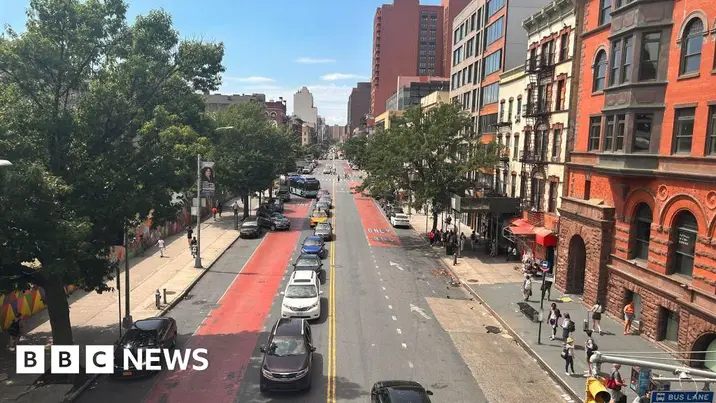T4K3.news
Harlem Legionnaires outbreak update
Four deaths and more than 100 illnesses linked to cooling towers in central Harlem; remediation underway and health guidance in place.
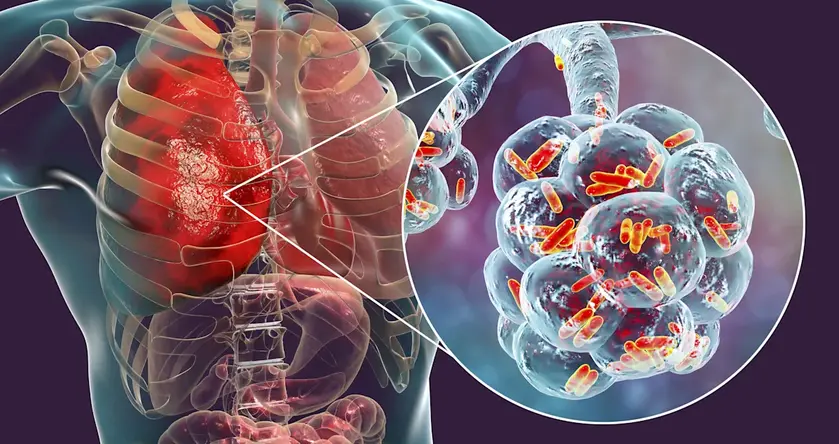
A Legionnaires disease cluster in central Harlem has caused four deaths and sickened more than 100 people, with cooling towers identified as the source.
Harlem Legionnaires outbreak tests building water safety
A fourth person has died and more than 100 people have fallen ill in a Legionnaires disease cluster centered in central Harlem. Health officials said the outbreak was first detected on July 25 and is linked to 12 cooling towers across 10 Harlem buildings. Eleven towers have been remediated, with the last currently undergoing work. Fifteen people are hospitalized. The city released a list of affected sites and ZIP codes 10027, 10030, 10035, 10037 and 10039, and urged residents with flu like symptoms to seek care.
Legionnaires disease is a serious form of pneumonia caused by Legionella bacteria. People get sick by inhaling water vapor contaminated with the bacteria, not through person to person spread. Symptoms usually appear two to 14 days after exposure and include fever, cough and shortness of breath. Diagnosis uses urine tests or sputum tests and chest X rays; treatment is antibiotics and many patients require hospitalization. The outbreak highlights how urban water systems and large cooling towers can pose health risks if maintenance is neglected.
Key Takeaways
"New Yorkers should know the air is safe to breathe"
Mayor Adams on air safety amid the outbreak
"We are seeing declining numbers of new cases each day"
Mayor Adams describing trend in cases
"I want to thank the health workers who worked tirelessly to treat this community and make sure its residents are healthy"
Mayor Adams praising healthcare staff
"Twelve cooling towers tested positive for the bacteria"
Testing results linked to the outbreak
The Harlem outbreak shows how public health depends on unseen infrastructure. Cooling towers are a routine feature in dense cities, yet their upkeep often sits behind budget debates. The remediation progress so far suggests speed, but the last tower remains a risk until completed. That moment will test accountability for building owners and city agencies alike and could fuel scrutiny over inspection schedules and funding.
Residents will want clear, credible updates and assurances that such incidents won’t recur. Officials must deliver plain language explanations about what happened, what is being done, and how quickly steps take effect. If funding stalls or information lags, trust erodes and the public mood shifts from concern to frustration. The costs and responsibilities ahead are real, but so is the need for durable safeguards.
Highlights
- New Yorkers should know the air is safe to breathe
- We are seeing declining numbers of new cases each day
- I want to thank the health workers who worked tirelessly to treat this community and make sure its residents are healthy
- Twelve cooling towers tested positive for the bacteria
Public health costs and accountability under scrutiny
The Harlem Legionnaires outbreak raises questions about the cost and speed of remediation, as well as who bears responsibility for maintaining large water systems in dense urban settings. Political scrutiny and budget pressures may shape how quickly towers are inspected and remediated.
The city faces a test of speed, transparency, and sustained action to prevent a future outbreak.
Enjoyed this? Let your friends know!
Related News
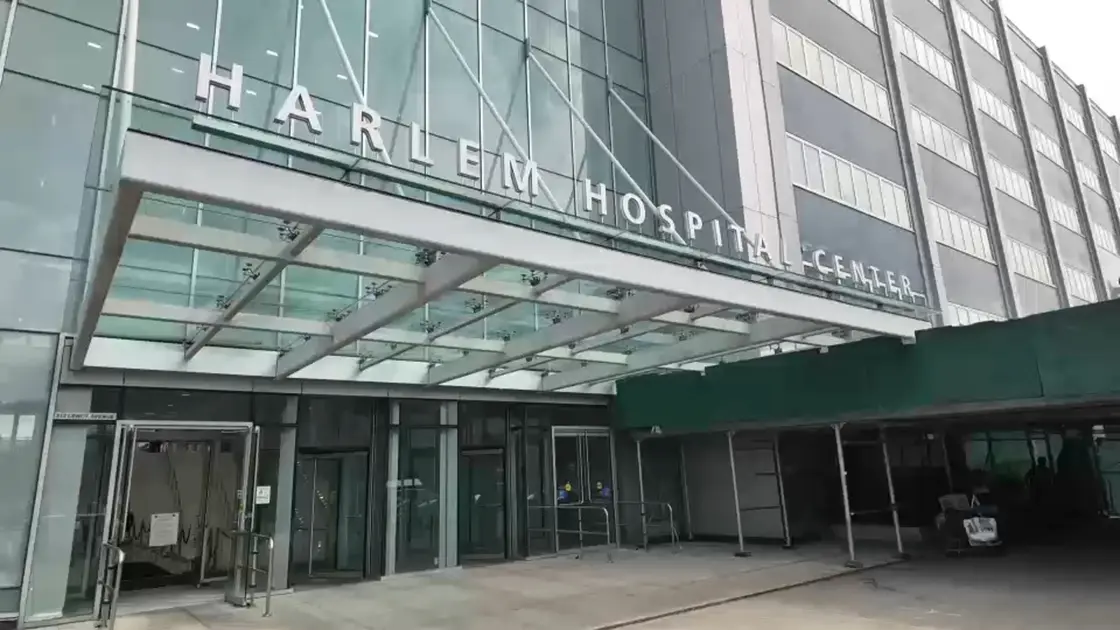
Harlem Legionnaires Update
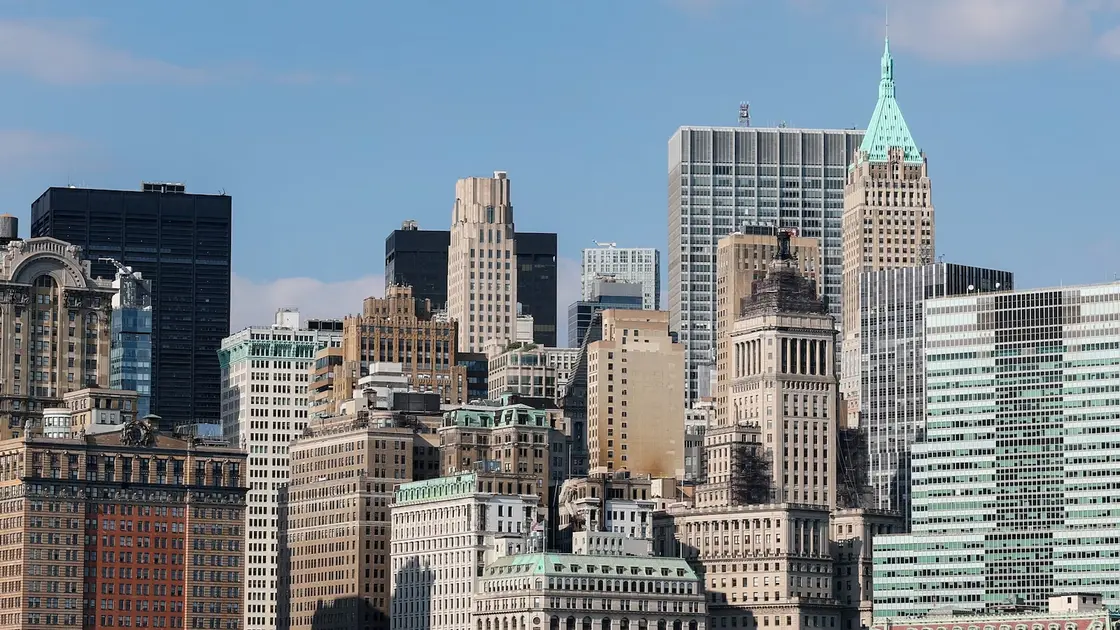
Three fatalities confirmed in Harlem Legionnaires' disease outbreak
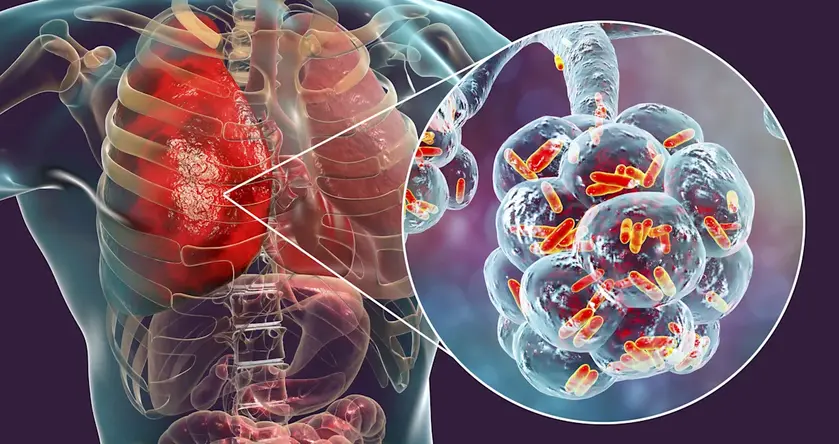
Legionnaires’ disease outbreak in Harlem causes fatalities
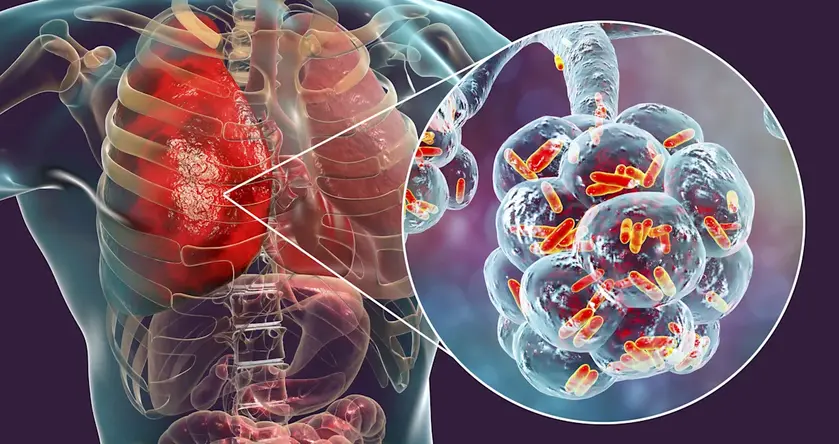
Legionnaires' disease outbreak in Harlem claims three lives
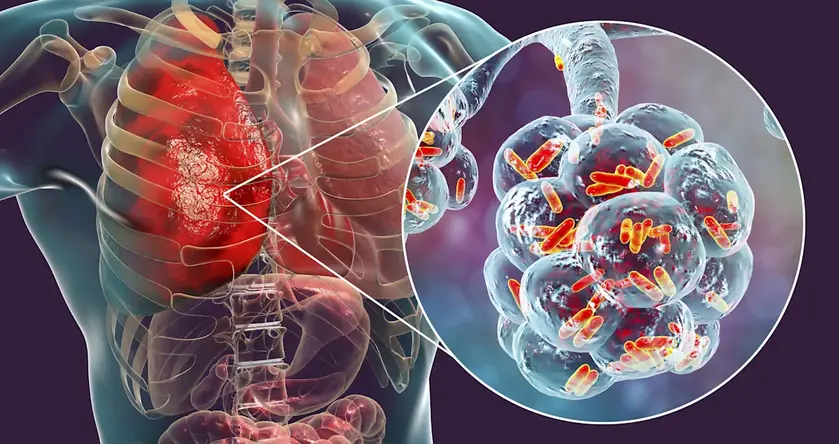
Harlem Legionnaires outbreak alert
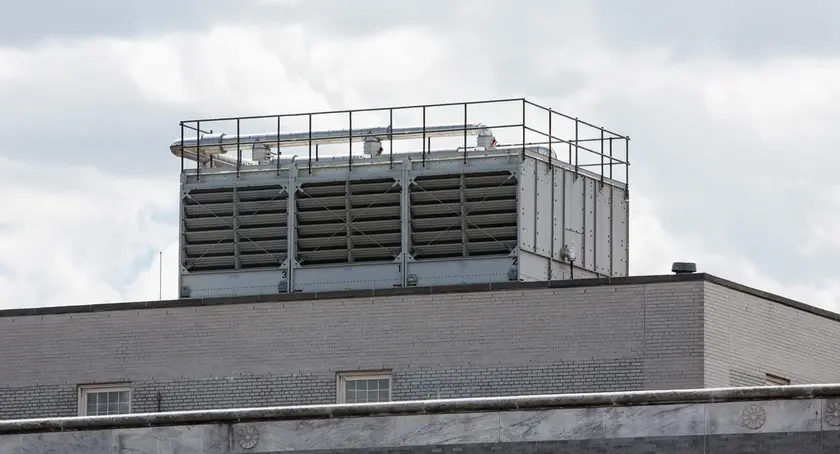
Second death reported in Harlem Legionnaires' outbreak
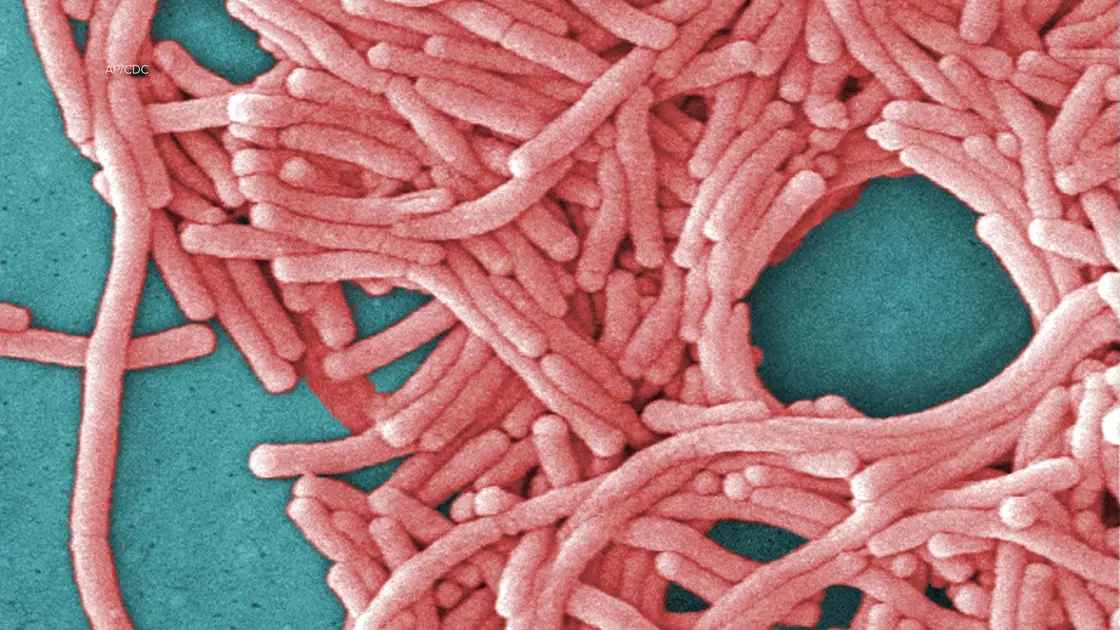
Two dead from Harlem Legionnaires' disease outbreak
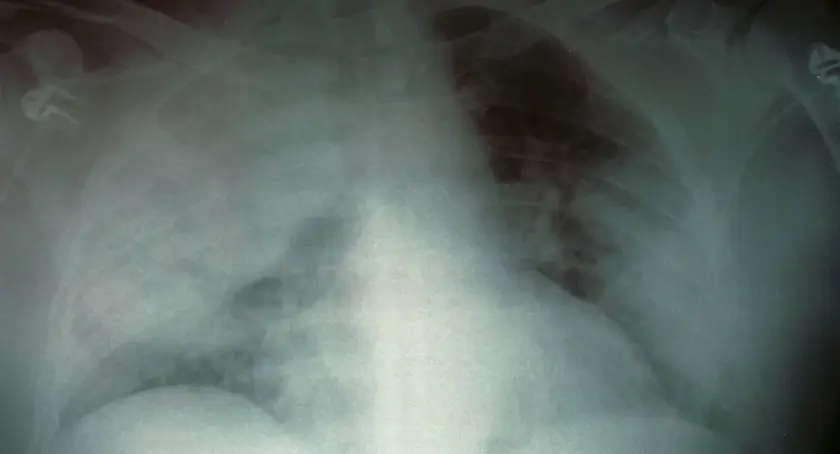
Legionnaires' disease outbreak in Central Harlem
